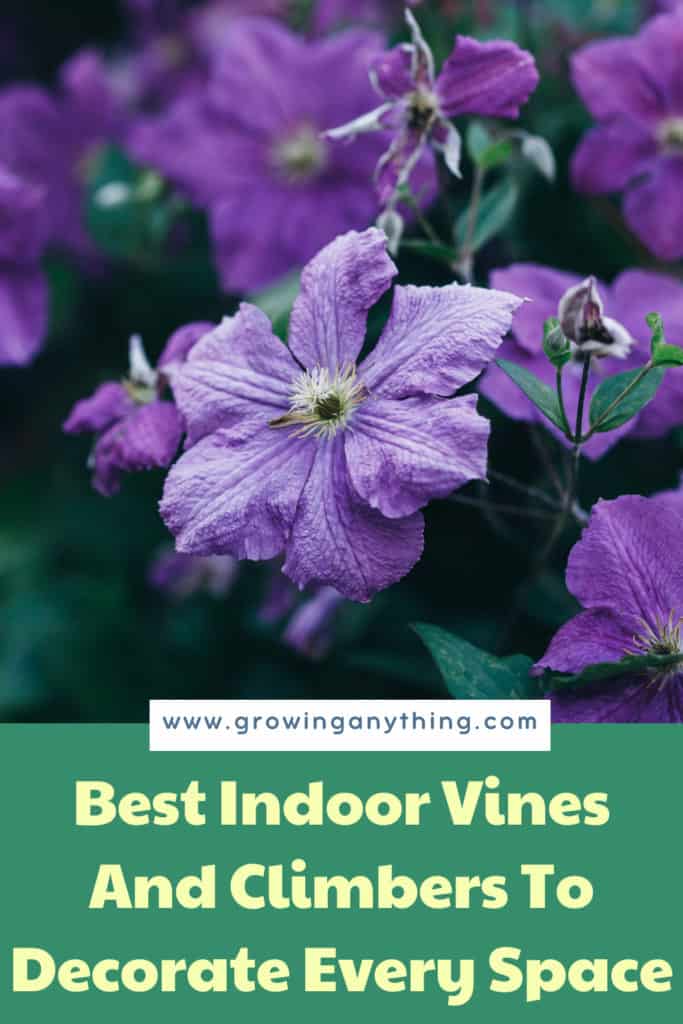21 Best Indoor Vines and Climbers
If you want to refresh your space and create an indoor oasis, you are probably looking for the best indoor vines and climbers. They can give your space a unique jungle-vibe and transform a dull place into a magnificent room you’ll rarely want to leave!
All houseplants add a note of elegance to your space, but climbers and vines provide texture
and dimension like no other indoor plants!
Here is the list of best indoor climbers and vines to start growing in your home!
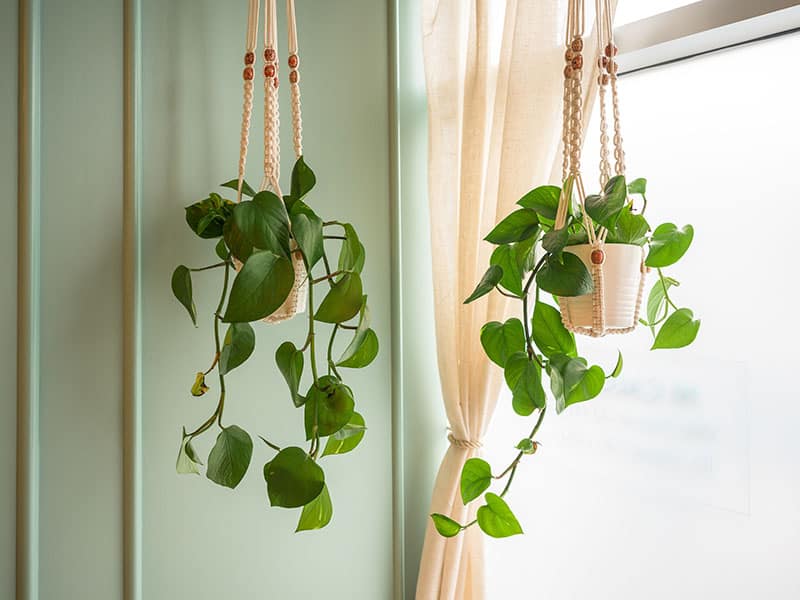
Get ideas for creating an urban jungle with indoor vines and climbers, the video below should be able to help you:
21 Best Indoor Vines and Climbers
Growing vines and climbers indoors has become very popular recently. These plants grow fast and bring you a dash of nature, even if you live in a big, busy, crowded, and noisy city!
These plants can help you find peace and make your apartment feel outdoorsy! Start today with the following indoor vines and climbers!
#1 Jasmine
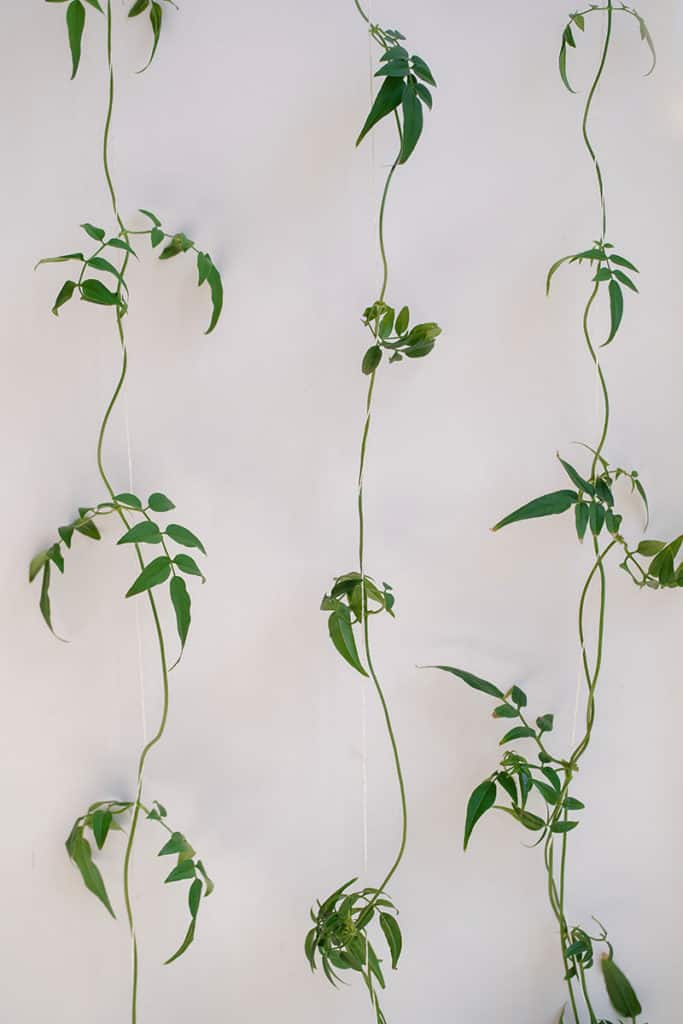
Jasmine is a beautiful climber that requires a trellis for support until it starts growing on the wall. It blooms in winter and the flowers are heavily fragranced.
To reach its full growth potential, you need to place your plan in a cool room, on a sunny spot. Jasmine requires regular pruning to maintain a consistent growth rate. Also, air circulation boosts the growth so ensure you open windows often!
Jasmine is a vigorous plant that can last for many years if you care for it properly. There are several jasmine varieties, but Jasminum Polyanthum and Jasminum Officinale are the most popular and attractive.
Find out more about Jasmine varieties.
#2 Arrowhead Plant
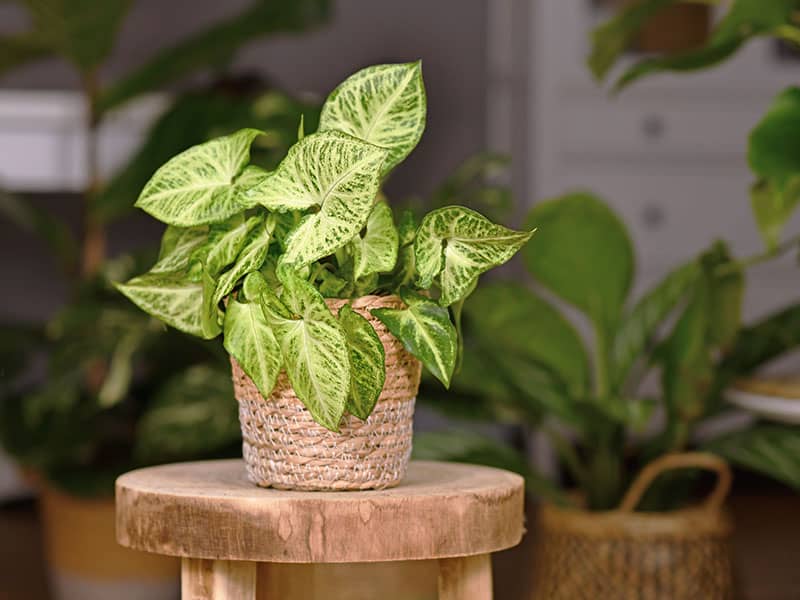
Arrowhead plant is often called American evergreen or nephthytis, and the botanical name is Syngonium podophyllum. The best location to plant this beautiful vine is a hanging basket. Over time, the plant will vine and look beautiful in your living room.
You can also use a trellis or a pole to train the plant to vine in the direction you want.
It is easy to grow, as long as you keep the soil dry between waterings. The ideal indoor growing temperature for the arrowhead plant is between 60 and 75 degrees Fahrenheit. Also, the plant thrives from regular fertilization!
Discover more about the arrowhead plant!
Learn the easy way to propagate Arrowhead plant, watch this video to know more:
#3 Clematis
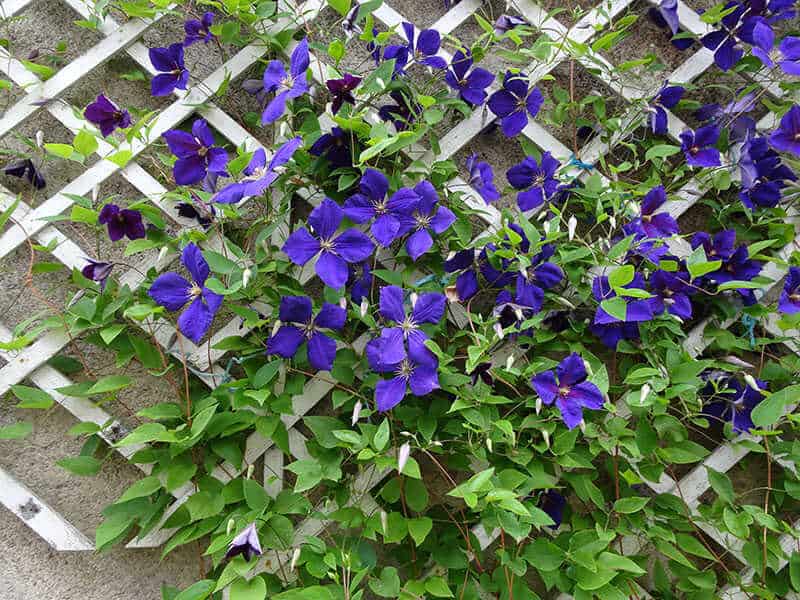
Clematis is an attractive-looking, indoor and outdoor climber with flowers in vivid colors of blue, purple, pink, and white. You can use a pergola to support the vertical growth of clematis.
In fact, if you don’t build a structure for the clematis to grab on, your plant may suffer from stunted growth and you won’t see the beautiful vine and flowers.
To support growth, you’ll need to keep the soil consistently moist and neutral. The best indoor location for clematis is the one with full sun exposure or at least six hours per day. A sunny window will do perfectly!
Find out more great facts about this lovely climber!
#4 Black-Eyed Susan
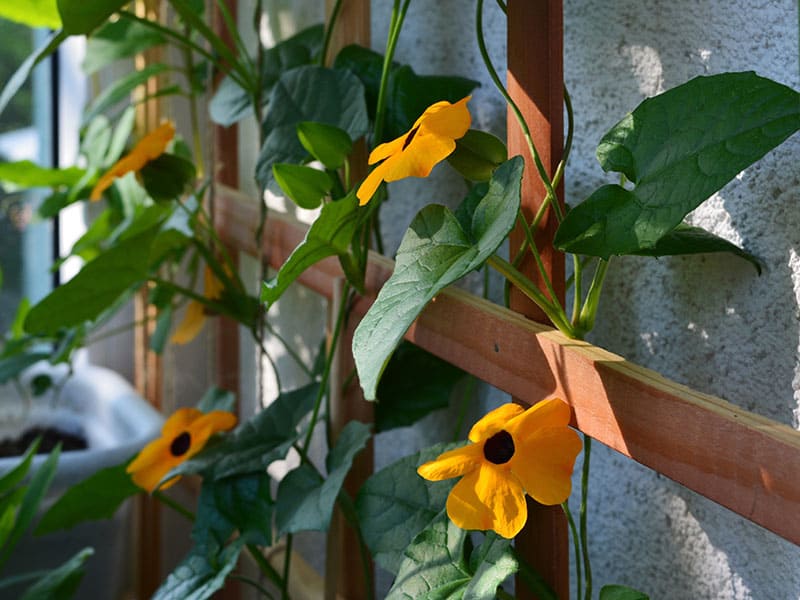
Black-eyed Susan is a tricky vine to grow indoors. It needs a full sun location and thrives best when planted in a container outdoors. You can plant it in the summer outdoors and care for it until the cold weather arrives. Then, transport the plant indoors to a sunny window.
You can change the place of the plant to grab as much sun as possible indoors. Other growing requirements for a Black-eyed Susan vine are simple, the soil needs to be moist and the plant may benefit from occasional fertilization.
Find out more about how to grow this beautiful but tricky plant indoors.
#5 Ivy
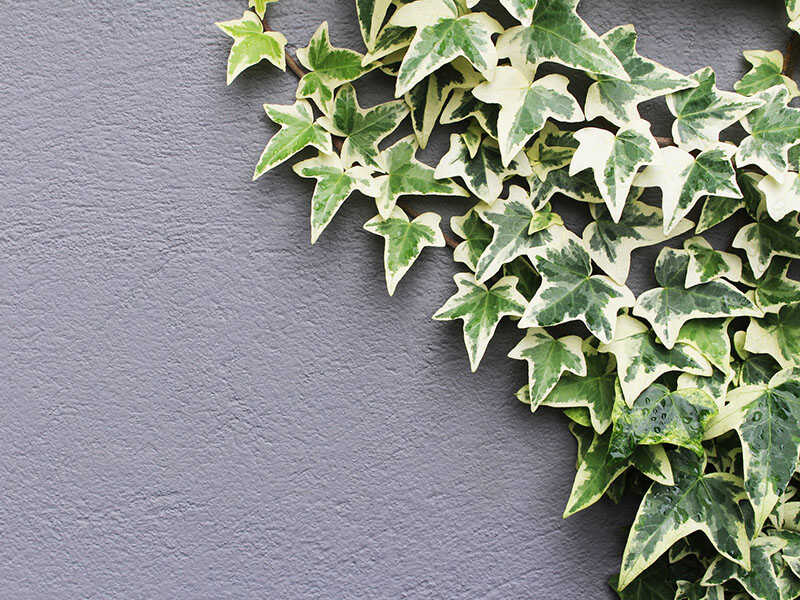
Of all climbers and vines, common Ivy is probably the most popular. It is also called English Ivy, Ivy, or Hedera helix.
The plant is a woody vine and a vigorous climber. With proper care, it can grow up to 80 feet in height! The plant is known for its beautiful, evergreen foliage. However, Ivy is a toxic plant to humans and animals and can be an aggressive climber. If you like the appearance of this plant, ensure you’ve got enough space for it to grow!
When growing indoors, ivy needs standard potting mix, good drainage, moderate temperature and air circulation.
Interested in growing English ivy indoors? Learn how to start growing it ASAP!
#6 Pothos
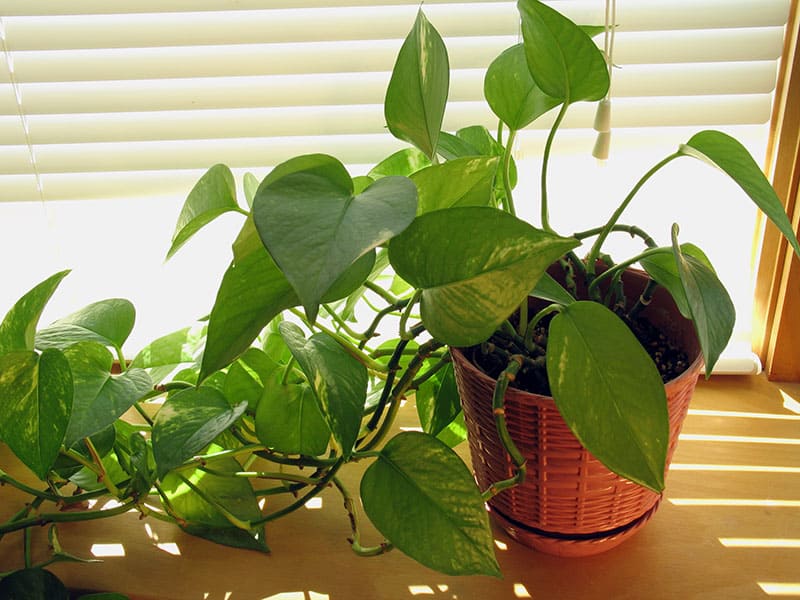
Pothos or Epipremnum aureum is sometimes called Devil’s ivy or Devil’s vine. It is one of the easiest vines to grow indoors. Pothos likes indirect or low light and tolerates fluorescent lighting.
Pothos has gorgeous, shiny leaves in the shape of a heart and lance. Rarely, pothos blooms indoors. But when it does, it provides tiny white flowers.
The ideal conditions for pothos are temperature above 50 degrees Fahrenheit, high humidity. You can use a household humidifier during winter to make the plant thrive!
Learn which potting mix to use for Pothos.
#7 Inch Plant
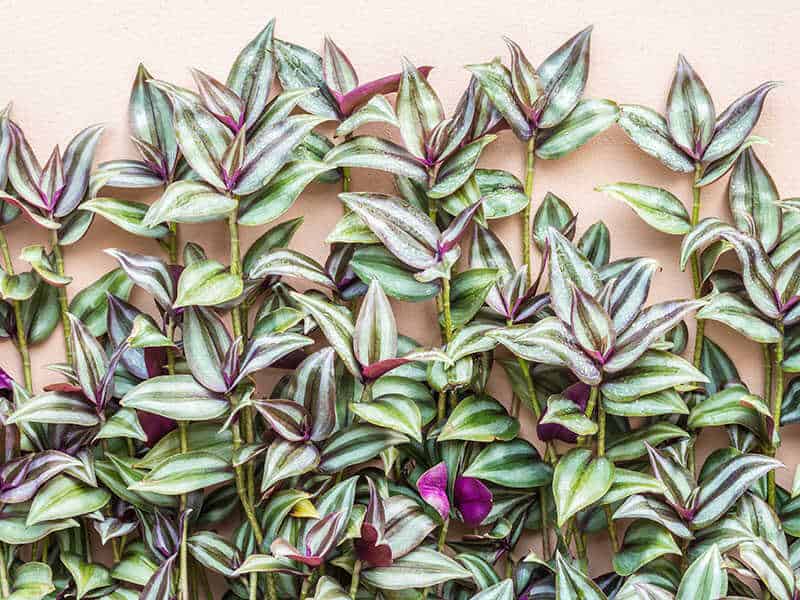
Inch plant is known by the extra name Wandering Jew and the botanical name Tradescantia Zebrina. It is a beautiful plant with two-colored foliage that is suitable for beginners, because of the low maintenance.
To grow your inch plant, expose it to indirect sunlight to prevent the bright sun from fading the foliage. The soil needs to be kept moist. To ensure vigorous growth, you’ll have to pinch back tendrils. It will increase the new branches and foliage development.
However, an inch plant has a relatively short lifespan, so you should take the cutting and start growing it one more time! Luckily, the plant grows fast!
Improve your space with Inch plant today but first, learn how to grow it.
#8 String Of Pearls
Cascading succulent String of Pearls is one of the fastest-growing plants to grow indoors. It likes warm and dry conditions and doesn’t require complex care.
You have to provide at least six hours of indirect sunlight to the plant, and temperature above 70 degrees Fahrenheit, and occasional watering. The tiny leaves, shaped like peas make the string of pearls a focal point in every room.
The botanic name of this plant is Curio Rowleyanus, and the plant looks best when grown in the hanging basket.
Learn more secrets for growing String of Pearls at home.
#9 String Of Hearts
Another beautiful cascading succulent, string of hearts goes by its botanical name Ceropegia woodii. The plant got the name by its distinct heart-shaped leaves.
Also, in the spring and summer, the plant produces small, vivid purple flowers, which makes its appearance even more attractive. The plant thrives in indirect sun location and moderate watering.
A string of hearts enjoys high humidity, from 40 to 50 percent and medium warm temperatures. It is easy to combine with other plants to create a charming, green oasis in your home!
Check out the best tips for the most wonderful String of Hearts plant.
#10 Canarian Ivy
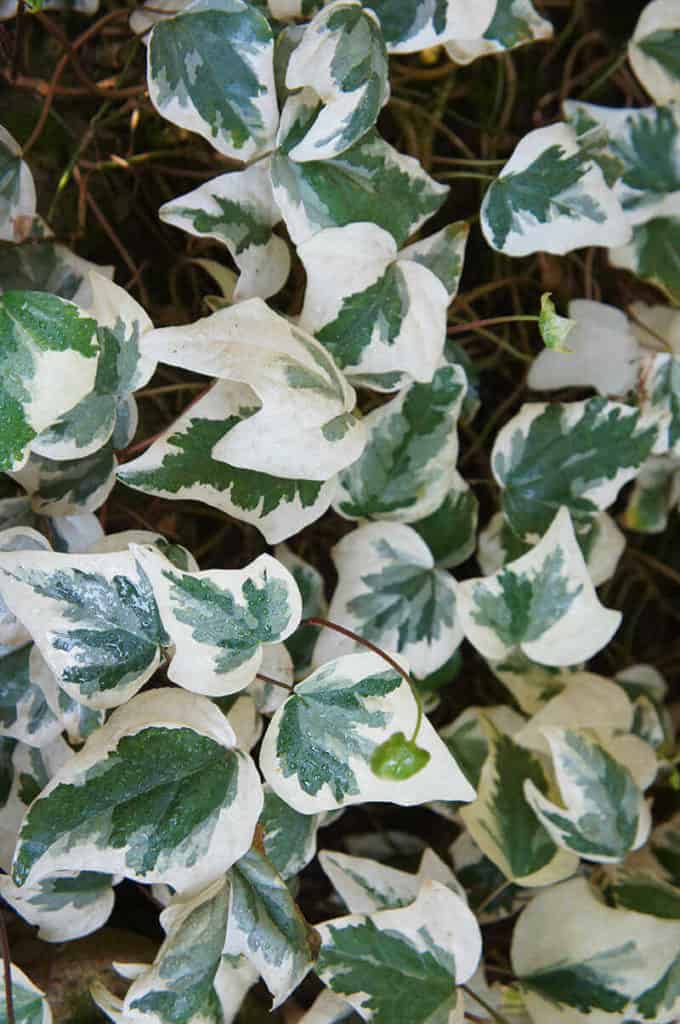
Canarian ivy is less aggressive than English ivy, and therefore, might be a better choice for rooms with limited space for plants. Also, if you are looking for only one vine or climbing plant, Canarian ivy can be a perfect choice.
The plant has the scientific name Hedera canariensis. When maintained properly, Canarian ivy produces small yellow flowers in late summer. The ideal growing conditions are semi-shade location, slightly alkaline soil with sand content, occasional fertilization and moderate watering.
The best time to control the growth of Canarian ivy is pruning – at the end of the winter!
Find out why many people hesitate to grow this beautiful plant in their homes.
#11 Swedish Ivy
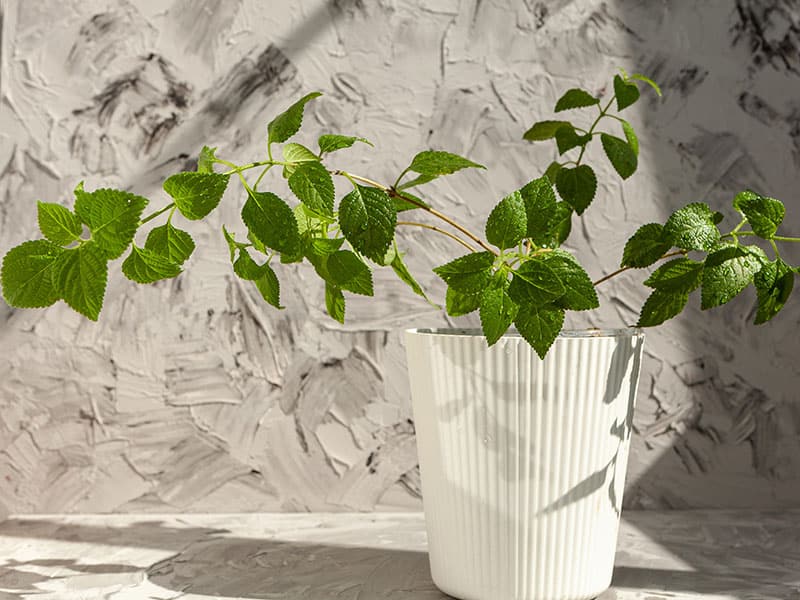
Swedish ivy or Plectranthus australis or Creeping Charlie, how some people know this plant, is a simple, easy-going indoor plant. It features thick stems and cascading growth patterns. Therefore, Swedish ivy is beautiful when grown in hanging baskets.
The plant has round leaves, with variegated leaves. The flowers appear in early summer in the charming white or lavender color.
The average lifespan of the plant is four years. Indirect light, moist soil, and temperature above 60 degrees Fahrenheit are basic requirements for growing Swedish Ivy.
Find extra tips for growing the most beautiful Swedish ivy!
#12 Heartleaf Philodendron
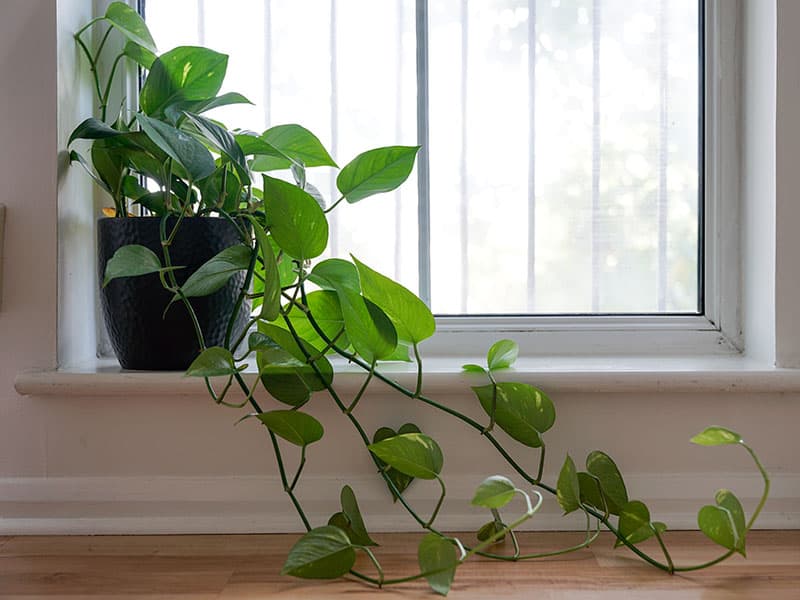
Heartleaf philodendron is probably the most popular plant on this list and the easiest one to grow. The plant’s scientific name is Philodendron scandens, and some people know it by the name Sweetheart Plant.
The foliage is beautiful, with glossy, heart-like leaves, 4-inches long. The stems are slim and strong, and the plant has a moderate growth rate.
Philodendron can climb up to 4 feet and more when provided with proper care. Pinching is an important step because it ensures that the new stems are strong and vigorous.
Find out what it takes to grow this popular plant in your home.
#13 Creeping Fig
Here is another common household plant – creeping fig, or Ficus pumila. It can be grown outdoors and indoors, and you can use it as a hanging plant or a table plant!
The fig needs indirect light, moist, but well-drained soil and occasional fertilization. However, creeping fig shouldn’t be fertilized in fall and winter to ensure the best results.
When you add a pole in the container, your fig gets something to climb on, which promotes healthy growth! Eventually, it can cover entire parts of the walls and provide a lush backdrop!
Discover more tips for how to promote the growth of this self-climbing vine.
#14 Betel Leaf Plant
Betel leaf plant is an evergreen perennial, with glossy leaves and tiny white flowers. Sometimes, it is called Magai Paan and is used in Indian Cuisine.
The plant thrives in well-drained soil with plenty of nutrients and moderate sun exposure. The plant is great for hanging baskets!
This lovely plant is low-maintenance and known for additional benefits. When grown indoors, it can purify the air!
Embrace the best way to grow Betel leaf in pots!
#15 Bleeding Heart
Bleeding heart vine or Clerodendrum thomsoniae is a magnificent sub-tropical plant. It requires trellis to grow to its full potential. The plant is most recognizable by its white flowers.
The plant isn’t to be mixed with Dicentra flower with pink blossom. The vine can be very aggressive and requires solid structure for support.
The best conditions for growing the bleeding heart vine indoors are partial shade, extensive moisture, good drainage, and fertile soil.
Check more information about bleeding heart vine!
#16 Wisteria
Wisteria is a beautiful vine, mostly grown outdoors because it requires a solid and large structure for support. But, if you have enough space for this lovely plant to grow, you can do it indoors.
When you plant wisteria in containers, be ready to prune and repot your plant often, because it grows vigorously. You can also choose bonsai wisteria.
The plant needs full sun and moisturized soil. Also, your indoor wisteria thrives after fertilization application!
Can you grow lavish wisteria indoors? Yes and find out how!
#17 Bougainvillea
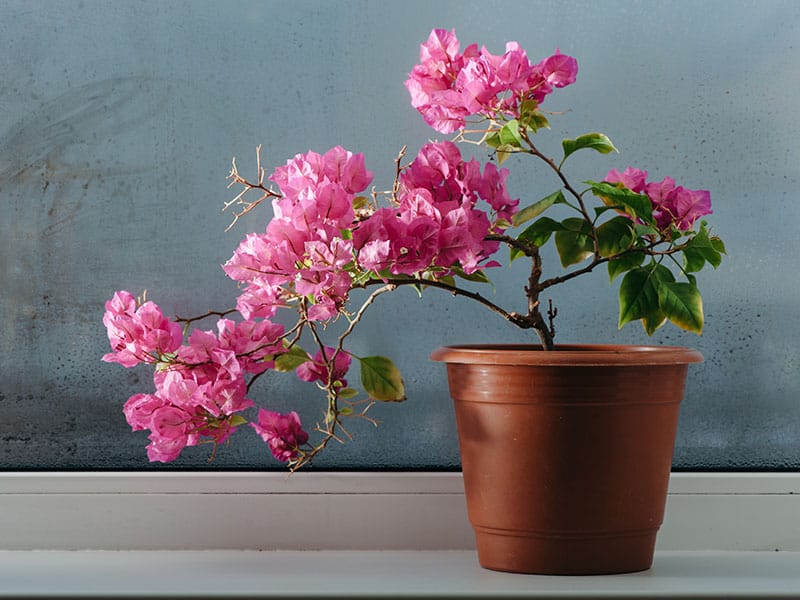
Bougainvillea is a high-maintenance plant, but all the care and love pay off when your Bougainvillea awards you with lovely blossoms. The plant is native to tropical areas, so it thrives in warm and humid areas.
But, the trick to get the richest Bougainvillea blossoms is frequent fertilization and moderate pruning in the fall.
You can use trellises to train these plants into a growing pattern that works for your space, but you’ll have to wait for a while. You can also put them outdoors in the summertime to ensure maximum sun exposure before you bring them in when the temperature drops!
Here is the best advice for growing Bougainvillea indoors.
Detailed guide for pruning bougainvillea to maintain its look and health.
#18 Burros Tail
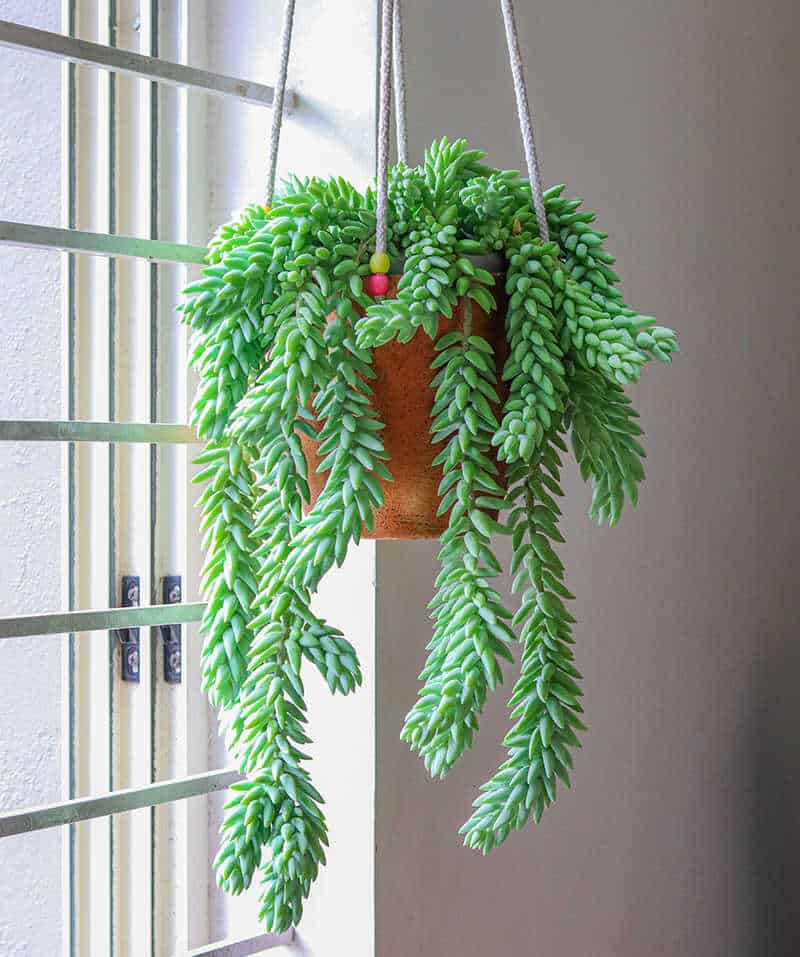
Burros tail or Sedum morganianum is a succulent plant that requires gritty soil and protection from cold temperatures and wind. Therefore, it is an ideal household plant! It tolerates heat and drought well and has a gorgeous look.
It is great when planted in the hanging basket because beautiful long fleshy leaves can hang from the basket, giving it a charming look. The plant needs fertilization and continuous moisture during the establishment process, but then caring for the plant becomes simpler.
Find out how to care for this unique and delicate plant.
#19 Split Leaf Philodendron
Monstera Deliciosa or Swiss Cheese plant and split leaf philodendron is a tropical plant that thrives indoors. It features heart-shaped foliage, with deep clefts and perforations. The plant does well in sunny locations and is tolerant to fluorescent light.
However, in the case of sparse light, the characteristic perforations on long leaves won’t appear.
Keep the room warm and humid to get the most of your philodendron.
Learn what makes split leaf philodendron different from standard philodendron!
#20 Maidenhair Vine
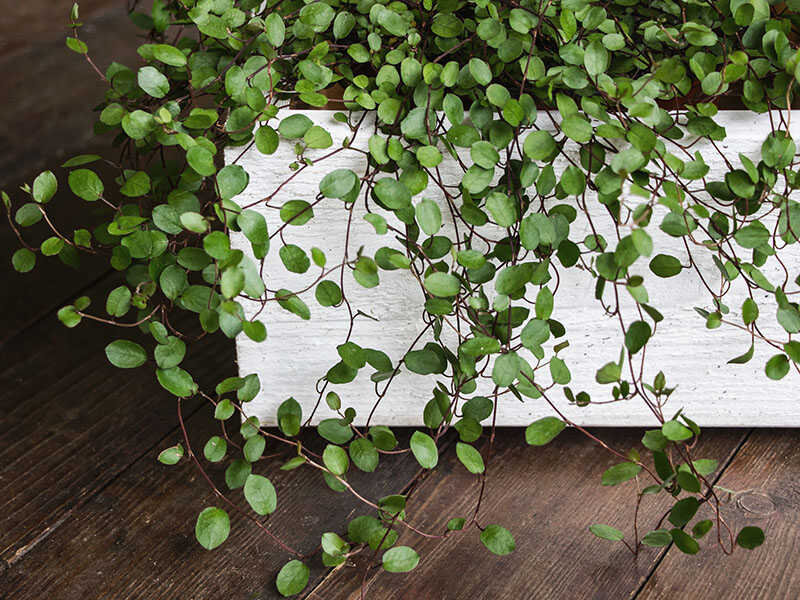
Maidenhair vine grows in the shape of a magnificent, green carpet compiled of tiny leaves. It is perfect for adding structure and depth below tall plants. But, you can also train the plant to grow in a hanging basket.
The plant adds a modern look in all rooms and isn’t difficult to grow.
The scientific name is Muehlenbeckia complexa, and it does well on window sills. The plant is a moderate grower, so it needs repotting every three years!
Find top tips for growing Maidenhair vine.
#21 Teddybear Vine
Lastly, the list wouldn’t be complete without charming teddybear vine. Cyanotis Kewensis, which is the botanical name for the plant, comes from South Africa.
The plant has brown foliage that spreads on trailing stems. The foliage is soft and lush and looks best when placed in a hanging basket.
The plant needs a medium-light spot and tolerates fluorescent light. It can develop easily in all indoor temperatures, but only if you provide high humidity. Adding pebbles to the tray will help maintain humidity!
Discover more interesting tips to have your soft Teddybear vine growing to its maximum.
Create Green Oasis With Climbers And Vines
The climbers and vines from my list require a bit of time to grow and start vining and climbing to the structures you provide. But, trust me, patience pays off!
Once they start developing long stems, these plants create a unique spot in your home, whether you choose only one plant to grow or you choose several climbers!
Which one is your top pick? If you enjoyed the article, please consider sharing it with your friends and family and giving it a thumbs up!
